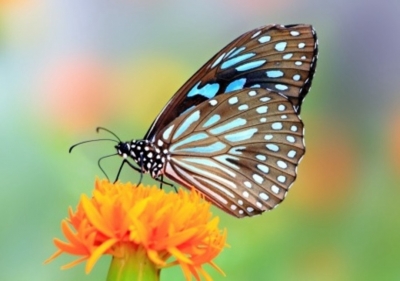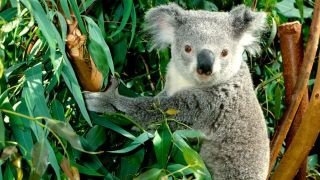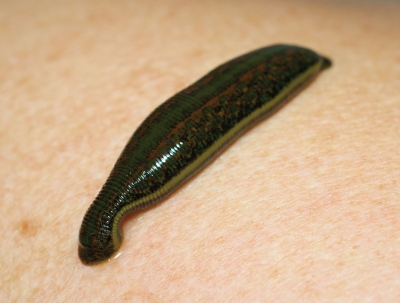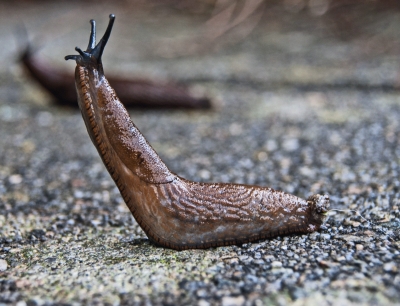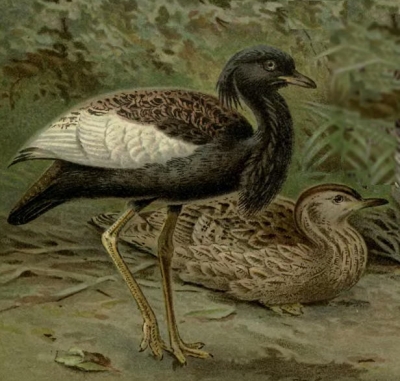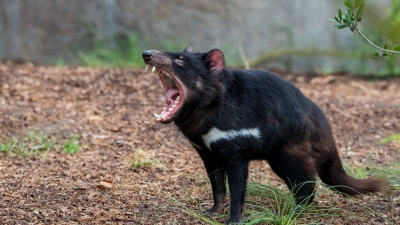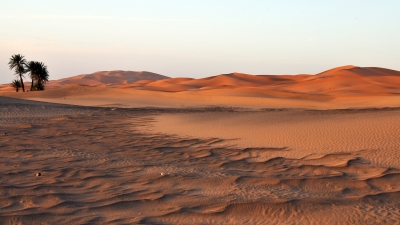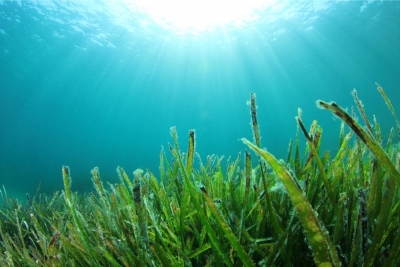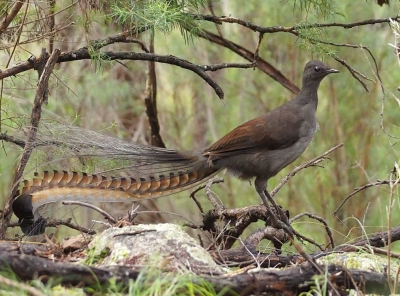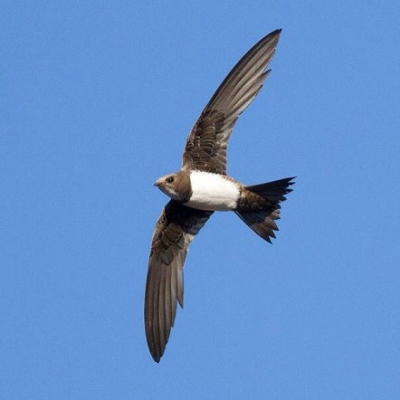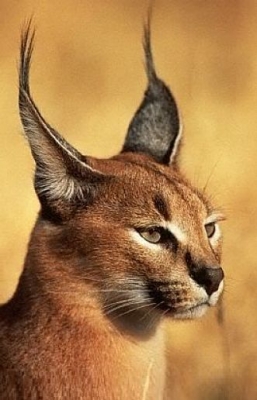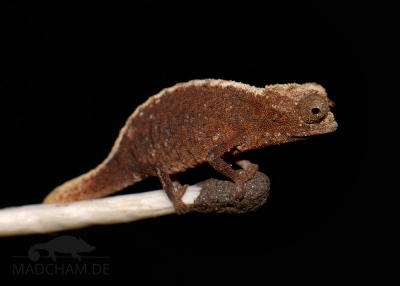How long does glass take to decompose?

A glass bottle takes one million years to decompose, according to the Environmental Protection Agency of the U.S. If that's the case, why are we more concerned about plastic, which takes only about 450 years to decompose? Because, plastic can leach harmful chemicals into the soil, unlike glass. It does not mean glass is harmless-for example, tiny shards can injure creatures. But the fact is that glass can be recycled while plastic, especially single-use ones, end up in landfills, resulting in pollutions of various kinds.
When a dropped glass shatters or a rock chips the car's windshield, it's tempting to think of glass as a fragile material. Actually, it's one of the longest-lasting man-made materials. The New Hampshire Department of Environmental Services estimates that it takes 1 million years for a glass bottle to decompose in the environment, with conditions in a landfill even more protected. Glass artifacts from glassmaking's beginnings in Egypt, around 2000 B.C., still exist.
The glass-making process has been perfected over thousands of years. Glass used to be available only to pharaohs and royals but has become an everyday item. Glass can be made in several different ways, with different chemical compositions. Throughout history, however, soda-lime glass has been the most common form of glass produced, according to scientists with Texas A&M University's Nautical Archaeology program. Most glass consists primarily of silica, a component of sand, mixed at very high temperatures with sodium carbonate or potassium carbonate and a small amount of lime for stability. Glass made with sodium carbonate (soda glass) is usually more transparent than glass made with potassium carbonate (potash glass).
Glass does break, but it does not readily break down. The glass decomposition rate is essentially nil. Over time, the surface of some glass bottles will absorb moisture. This results in devitrification, a process that causes the outer layer of glass bottles to crystallize and flake off. Devitrification takes place very slowly and results in a cloudy or iridescent appearance. Modern glass is made from an incredibly stable formula, however, so the glass bottles people throw in the garbage today will most likely remain in landfills for thousands of years, experiencing only slight devitrification.
Credit : Sciencing
Picture Credit : Google
